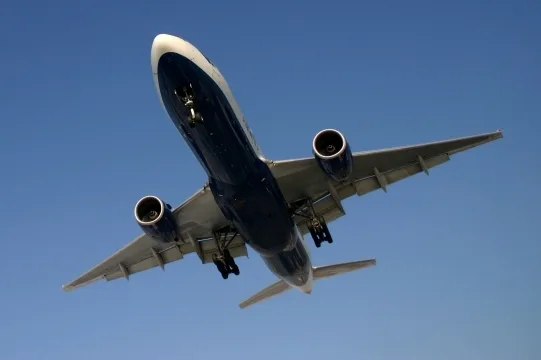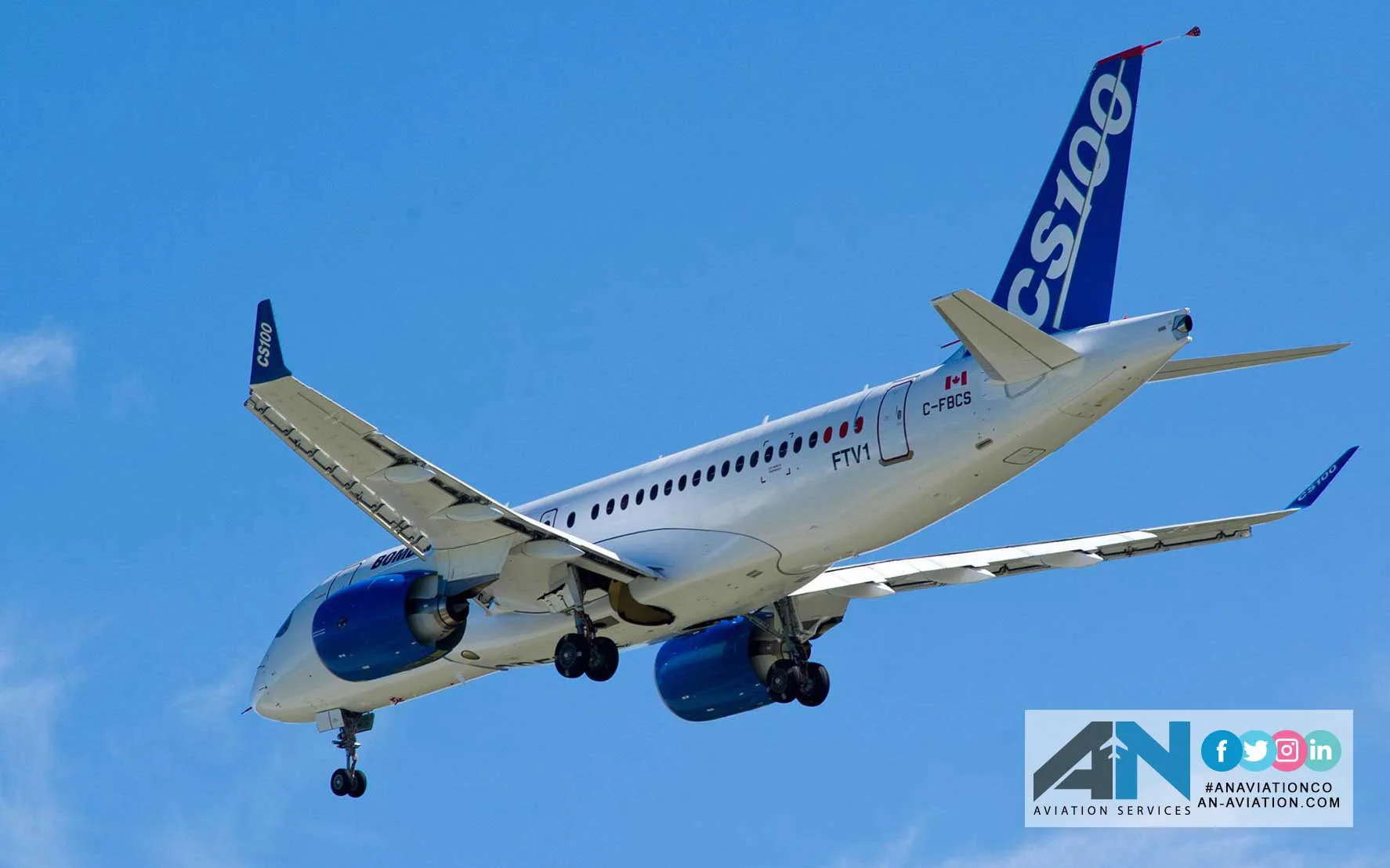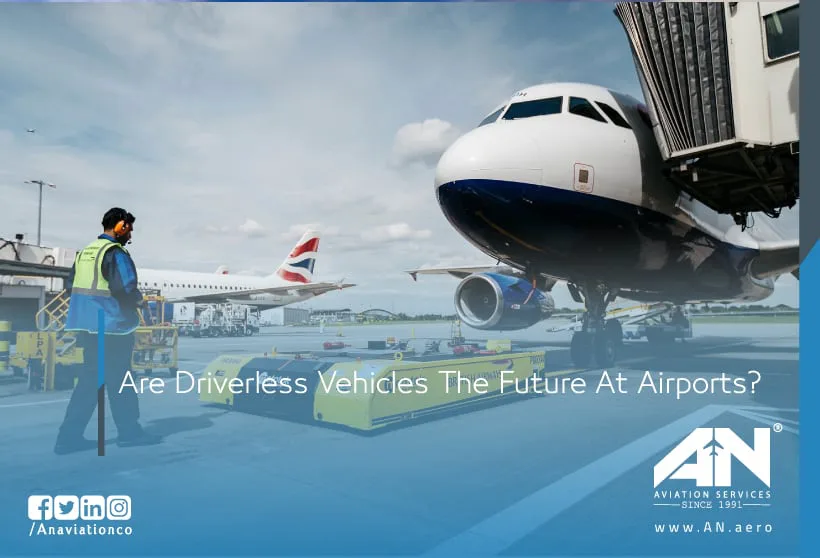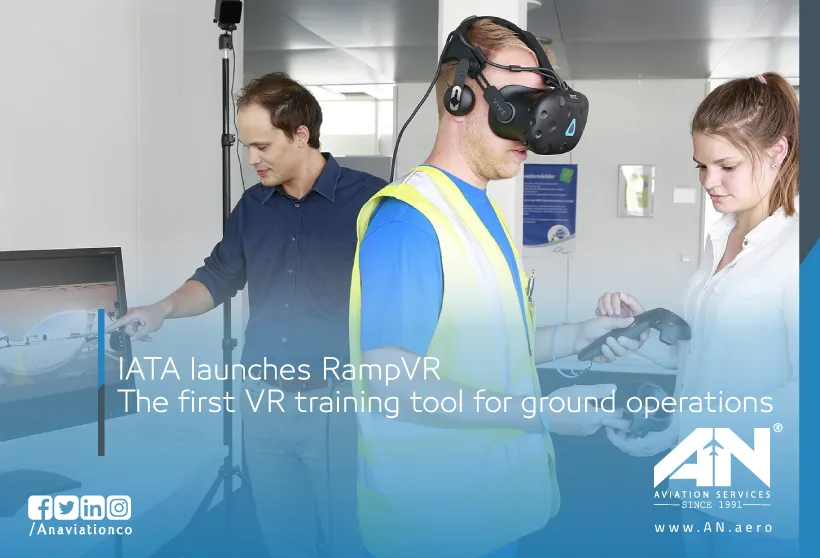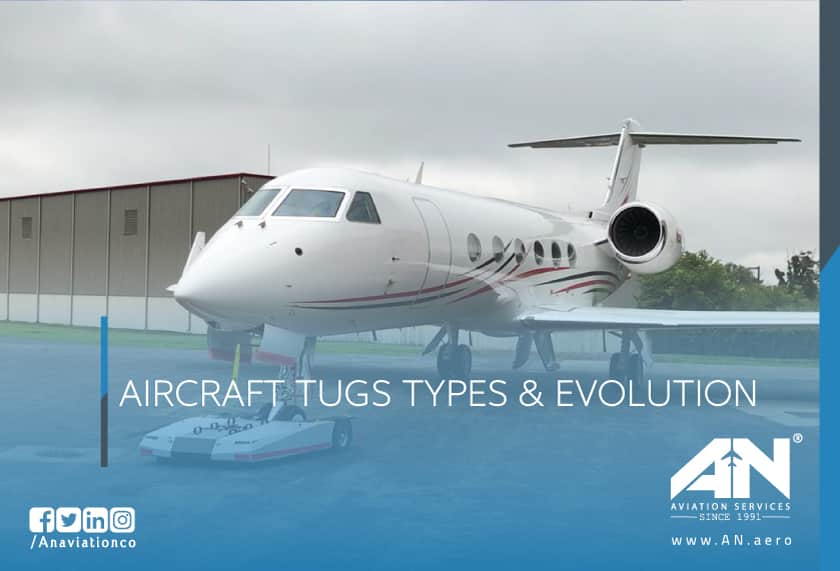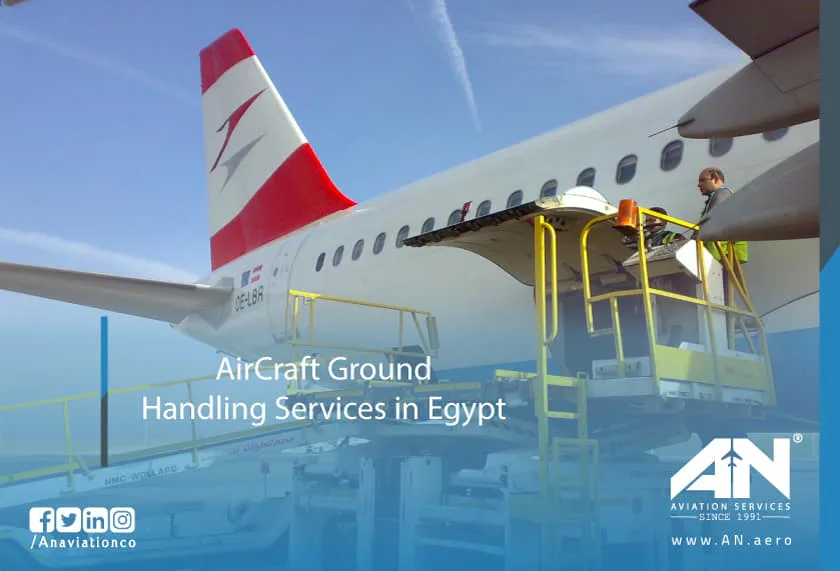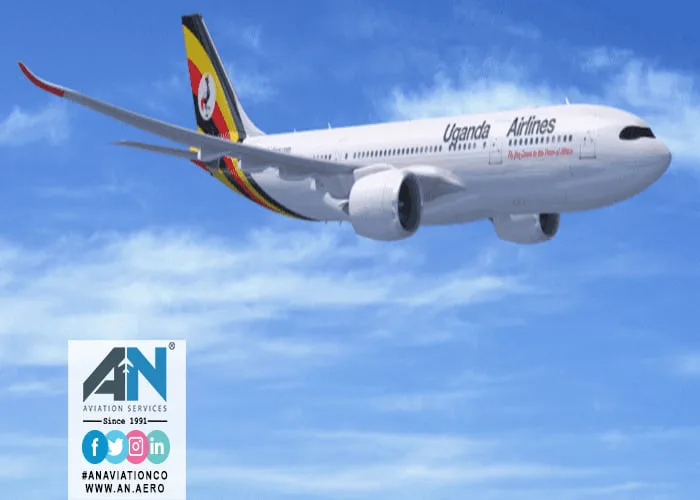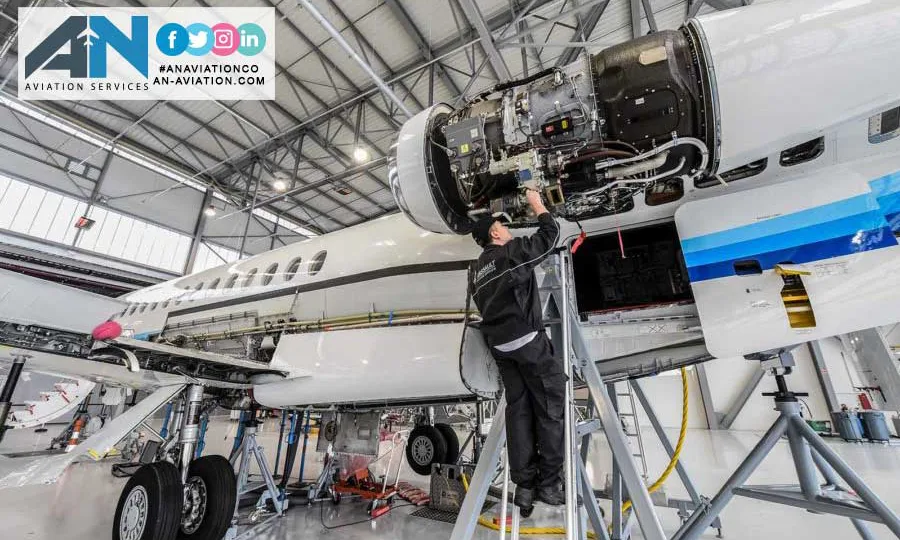
The aviation industry relies on skilled professionals to keep planes safe and operational, and one of the most vital roles in this field is that of an aircraft mechanic. These technicians are responsible for maintaining, repairing, and inspecting aircraft to ensure they meet strict safety standards. Whether it’s performing routine maintenance or troubleshooting a complex issue, aircraft mechanics play a critical role in aviation safety.
If you’ve ever dreamed of working hands-on with airplanes or are considering a career in aviation, becoming an aircraft mechanic could be the perfect path for you. In this article, we’ll guide you through the steps, qualifications, and training required to start your journey in this rewarding profession.
Who Is an Aircraft Mechanic?
An aircraft mechanic is a professional trained to inspect, maintain, and repair aircraft. These experts ensure that planes are airworthy and meet all safety requirements before they take to the skies. They may work on various types of aircraft, from small private planes to large commercial jets. Some specialize in specific areas, such as airframe and power plant systems or advanced avionics technicians who focus on the aircraft’s electronic systems.
Aircraft mechanics fall into two primary categories:
- A&P Mechanics (Airframe and Powerplant): These professionals are certified to work on an aircraft’s structure (airframe) and engine systems (powerplant).
- Avionics Technicians: They specialize in the electronic systems of an aircraft, such as navigation, communication, and control systems.
The importance of this profession cannot be overstated. Aircraft mechanics ensure the safety of pilots, passengers, and crew by addressing any technical issues before they become problems.
Step 1: Meet the Basic Education Requirements
To begin your path to becoming an aircraft mechanic, you must first meet the basic educational requirements. The Bureau of Labor Statistics states that most employers require at least a high school diploma or equivalent. Subjects like math, physics, and technology are particularly important, as they provide a foundation for understanding the mechanical and electrical systems used in aviation.
Step 2: Attend an FAA-Approved Aviation Maintenance Technician School
Once you’ve met the basic educational requirements, the next step is to enroll in an FAA-approved aviation maintenance technician school. These schools offer programs specifically designed to prepare students for careers in aircraft maintenance.
During your training, you’ll learn about key systems such as airframe and powerplant, engines, hydraulics, avionics, and more. These programs combine classroom instruction with hands-on training, ensuring you have both the knowledge and practical skills to work on real aircraft.
The Federal Aviation Administration (FAA) regulates all aspects of aircraft maintenance, so attending an FAA-approved school is critical for becoming a certified Aircraft Mechanic. Programs typically take 18 to 24 months to complete, depending on the school and the specific certification track.
Step 3: Gain Certification
After completing your training, you’ll need to obtain the necessary certifications to work as an aircraft mechanic. In the United States, the FAA offers two primary certifications:
- Airframe Certification: Focuses on the structure of the aircraft, including the fuselage, wings, and landing gear.
- Powerplant Certification: Covers the engine and propulsion systems of the aircraft.
To become a fully certified A&P mechanic, you must pass both the airframe and powerplant exams. This certification demonstrates your expertise and allows you to work on a wide range of types of aircraft.
The certification process involves three parts:
- A written exam to test your theoretical knowledge.
- An oral exam to assess your understanding of practical concepts.
- A practical exam where you demonstrate your ability to perform maintenance tasks.
Some mechanics may also choose to specialize further by earning additional certifications, such as avionics or repair station-specific qualifications.
Step 4: Gain Hands-On Experience
While certification is essential, hands-on experience is equally important in the aviation industry. Many aspiring aircraft mechanics begin their careers by working under the supervision of experienced professionals at repair stations, maintenance facilities, or aviation companies.
This on-the-job training allows you to apply what you’ve learned in real-world settings and develop the confidence and expertise needed to handle a variety of aircraft systems. It’s also an opportunity to learn about industry best practices, safety standards, and the tools commonly used in aircraft maintenance.
Step 5: Explore Career Opportunities
Once you’ve completed your training and obtained your certifications, it’s time to launch your career. Aircraft mechanics have a wide range of job opportunities, including:
- Airlines: Working for commercial carriers to maintain and repair their fleets.
- Repair Stations: Providing specialized services for various types of aircraft.
- Private Aviation: Maintaining luxury or corporate jets.
- Government or Military: Supporting aviation operations for defense and public service.
The demand for certified aircraft mechanics continues to grow, as air travel remains a vital part of global transportation. According to the Bureau of Labor Statistics, job prospects in this field are expected to remain strong, particularly as the aviation industry expands and experienced mechanics retire.
Why Choose a Career as an Aircraft Mechanic?
Becoming an aircraft mechanic offers a variety of benefits, from job stability to competitive salaries. The role is ideal for individuals who enjoy working with their hands, solving problems, and being part of a dynamic, fast-paced industry.
Aircraft mechanics often experience a sense of pride and accomplishment in their work, knowing they play a vital role in ensuring the safety and reliability of air travel. Additionally, the opportunity to work on cutting-edge technology and a wide range of types of aircraft makes this career both exciting and rewarding.
Conclusion: Start Your Journey Today
The path to becoming an Aircraft Mechanic requires dedication, technical training, and a passion for aviation. From attending an FAA-approved aviation maintenance technician school to gaining hands-on experience in the field, every step is designed to prepare you for a successful career in aircraft maintenance.
With the demand for skilled A&P mechanics and avionics technicians continuing to grow, now is the perfect time to pursue this rewarding profession. Whether you’re working on small private planes or massive commercial jets, you’ll be part of a critical team that keeps the skies safe for everyone.
The journey may be challenging, but the rewards are worth it—so take the first step today and turn your passion for aviation into a fulfilling career.


